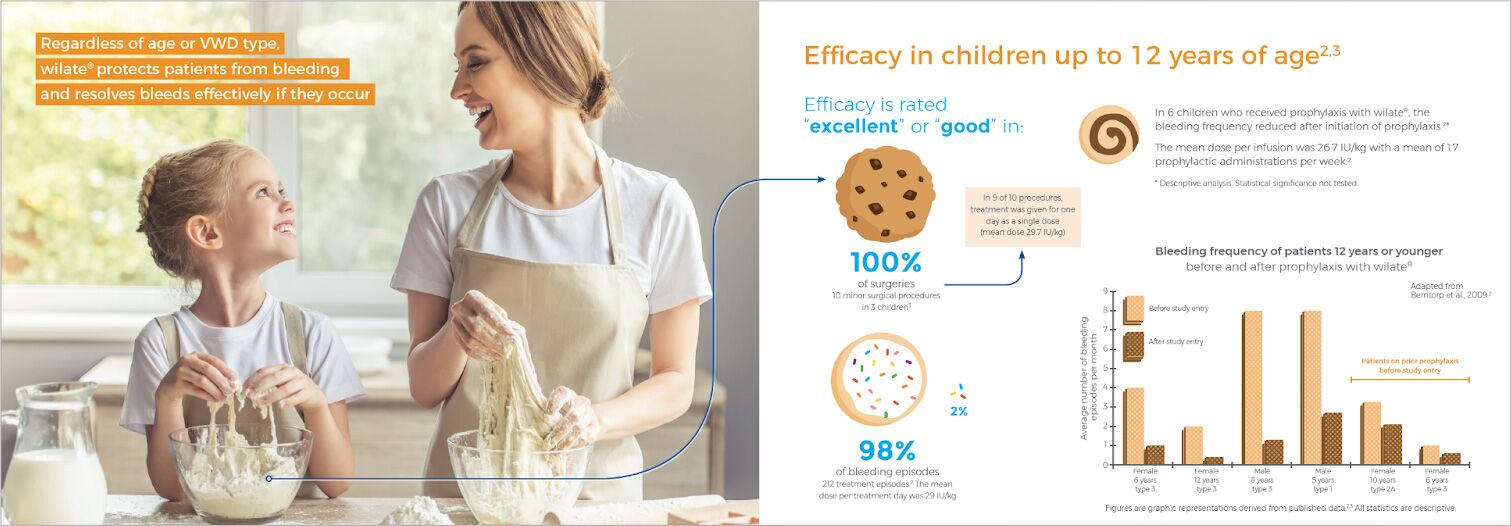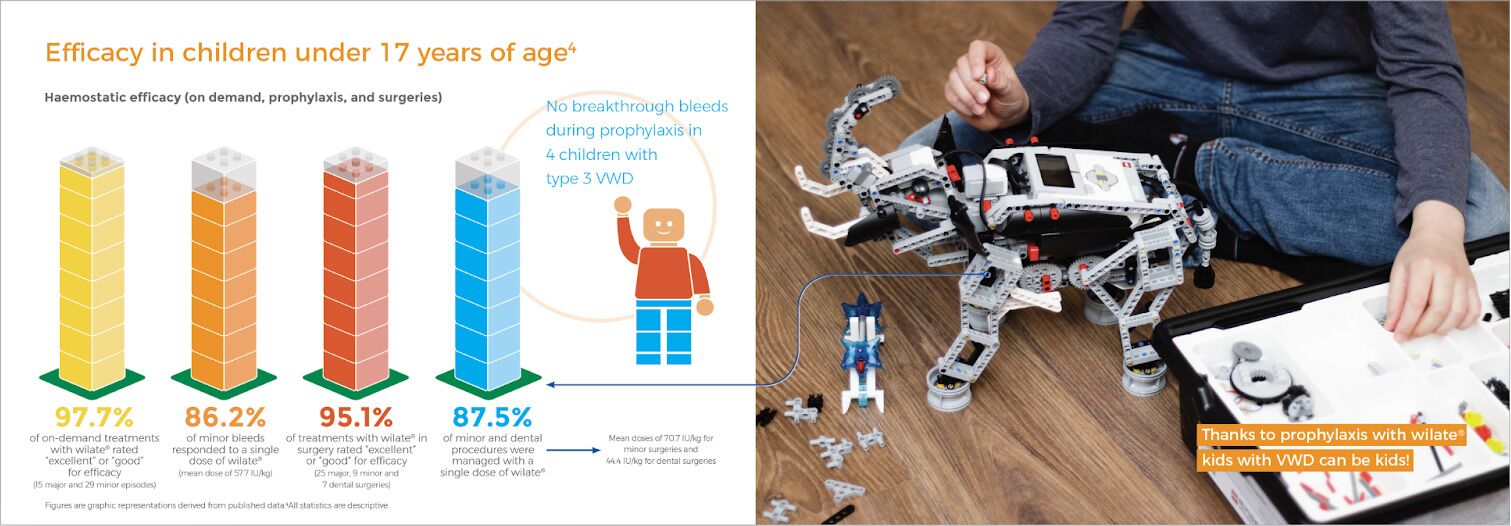The Most Effective Rare Disease Awareness Campaigns are Built With Empathy
Creating awareness around a rare disease is a crucial step to pave the way for the launch of a potentially life-changing therapy. An awareness campaign helps HCPs better understand the disease itself, its impact on the patient and caregivers, and the unmet needs that exist. It also will help them to properly diagnose patients, provide the best support possible and make informed decisions.
Therefore, an awareness campaign needs to be neutral and scientific while making information easy to understand. That creates some very specific challenges.
HCP Challenges to Consider
First, it’s hard for HCPs to find the right information. Information overload is a common challenge in a complex industry like medicine. Physicians certainly feel the brunt of it as they try to maintain a steady pulse on the constant influx of new clinical research and scientific data. It’s easy for campaigns to be drowned out just by the sheer, overwhelming amount of information present.
Next, HCPs value independent channels very highly. Your information is neutral and scientific, but some HCPs may discount it simply because of the source: a pharmaceutical organization. Though creating awareness of a disease is just that — building knowledge about a little-known disease, currently available treatment landscapes and unmet needs — to HCPs it can seem commercial if the campaign ties too closely to a brand name or company.
So, how can you ensure your medical communications around rare diseases reach the right HCPs and provide valuable information to help them understand the disease and treatment landscapes?
Go Beyond Numbers for Meaningful Impact
The more accessible and digestible your information is, the more likely your campaign will be a success. That’s why the most impactful rare disease awareness campaigns go beyond numbers and hard data and include empathy.
Though scientific data is the essential backbone of the campaign, it can’t be the only facet. People perceive numeric data as “cold, hard facts.” When it comes to helping HCPs understand their patients, empathy is important as it makes the patient story relatable and builds a link between providers and patients.
Making information on rare diseases accessible and relatable is also vital to lay the foundational knowledge that helps HCPs understand current and future treatment landscapes.
Without empathy, your rare disease campaign may consist of helpful, important and technically sound information. But it won’t make a meaningful impact on the HCPs who need the information.
Empathy is the factor that links that all-important scientific data to the patient journey. It bridges the gap between HCPs and patients, all in a way that bypasses any risk of commercializing a disease or its potential therapies.
To make the biggest impact, rare disease awareness campaigns must be built around the patient’s story and told with empathy. When done correctly, empathy connects the HCP to their patients’ daily challenges and helps them understand what they can do.
Three Ways to Add Empathy to Your Rare Disease Campaigns
To infuse your campaigns with genuine empathy, use these three tactics:
1. Humanize Your Data
A rare disease awareness campaign would have no legs to stand on without scientific facts and clinical data. However, those facts and figures alone can’t carry your whole campaign. The data needs to be relatable and understandable. Humanizing your data means conveying these facts, figures and data points through the lens of the patient experience.
Patient storytelling puts this data into perspective. For instance, an HCP may be fully aware of certain symptoms a patient might face. But incorporating those symptoms into context about how it affects the patient’s daily life, is a very effective way to communicate the severity of the impact on the patient’s quality of life.
Without a human link connecting HCPs to your data, the scientific facts can come off with the wrong tone.
2. Incorporate Non-Verbal Communication Techniques
Next, a rare disease campaign must not only visualize data through charts and illustrations, but it should also leverage empathy in the form of non-verbal communication. Humans convey more meaning through nonverbal methods than they do through language alone.
This means your campaign should include creative assets that bring patient empathy to the center. For example, communicating data around a pediatric indication can be more effective if you choose visuals that convey meaning beyond the numeric data.
In this instance, using a Lego design theme when presenting information is a symbolic way to bring the HCP audience into a child’s world, drawing them more closely to the daily challenges faced by children suffering from rare diseases.


3. Cultivate Genuine Value for Your Intended Audience
Lastly, the most important pillar of using empathy to create powerful campaigns is to ensure it is being used so your campaigns are genuinely valuable to HCPs.
Too often, these campaigns focus only on unmet needs and the medical value of the available treatments.
However, this information needs to be contextualized into a patient’s daily journey. Information cannot exist in a vacuum. To make the right decisions, HCPs need to know the unmet needs, treatment landscapes, challenges and obstacles faced by the patient. They also need to know policies, training requirements and legal or regulatory systems that may impact a patient seeking treatment.
Without focusing on all aspects of a rare disease, a campaign won’t provide a holistic and educational experience to the intended HCP audience.
Tools to Maximize Empathy and Impact
To be impactful and help educate providers not only on rare diseases, their symptoms and pathways, these campaigns should also provide tools and ideas HCPs can take into their daily patient interactions. Learning about tools like shared decision-making, appreciative inquiry and motivational interviewing help HCPs better connect with their patients through a lens of empathy.
Shared decision making gives patients agency over the risks and expected outcomes as they work with doctors to become better educated about possible treatment paths.
In addition, appreciative inquiry is a method HCPs can employ to problem solve with patients, while keeping a focus on positives and what is going well.
Lastly, motivational interviewing is a practice that can help patients understand behaviors that impact their health, and give them the confidence and ability to make changes.
All of these tools use empathy to achieve better patient outcomes. When you use your rare disease campaigns to illustrate the benefits of these tactics, HCPs and patients can achieve a stronger connection.
The Right Tone and Tools Are Key to Success
To achieve the most powerful impact on HCPs, rare disease awareness campaigns need to focus on the patient story above all else. The right tone and the right tools will lead to a successful campaign, which will look like a years-long effort to educate, inform and build understanding in HCPs.
Humanizing your data, creating meaningful visuals and providing useful tools will help HCPs better empathize with patients — from their daily struggles to the risks and worries that come along with each possible outcome.
Empathy links all the important aspects of your rare disease campaign together. It brings the HCPs a better understanding of the patients, it synthesizes your scientific data into meaningful messages and most of all — it lays the foundation that can help HCPs better understand when potential future therapies have the potential to change their patients’ lives.
